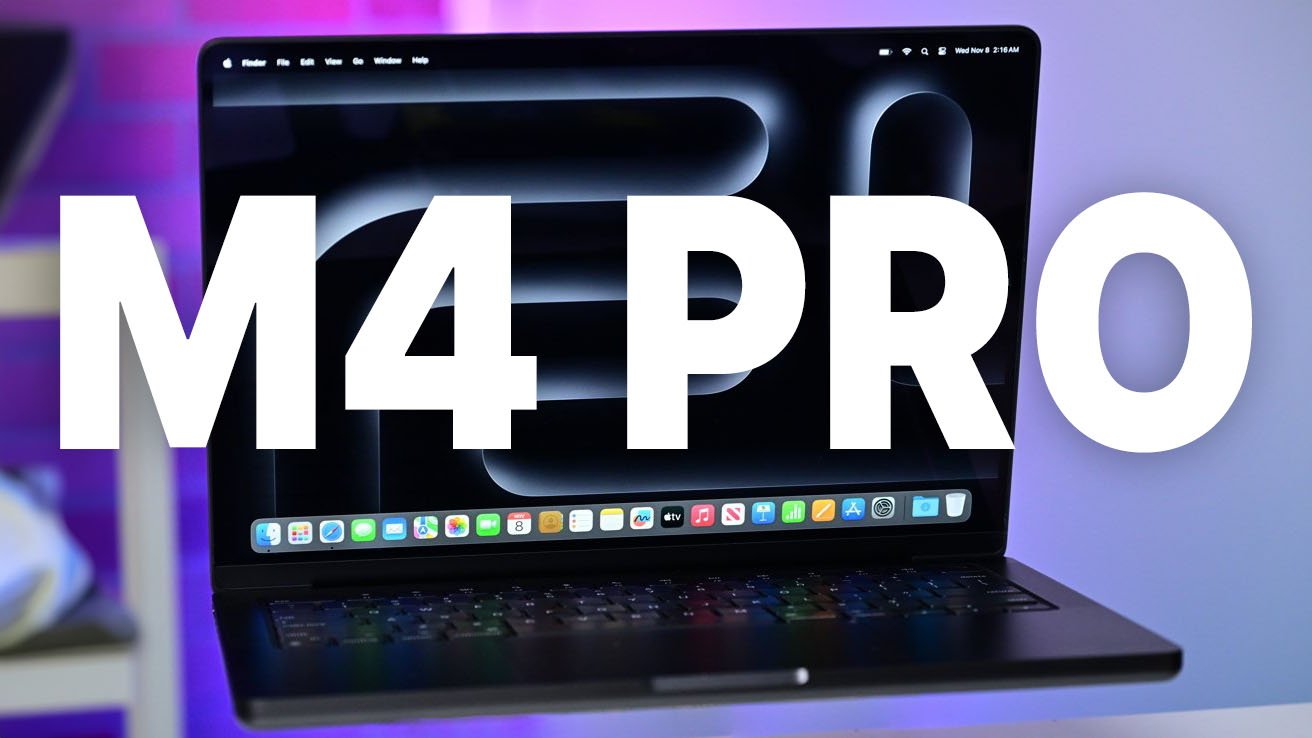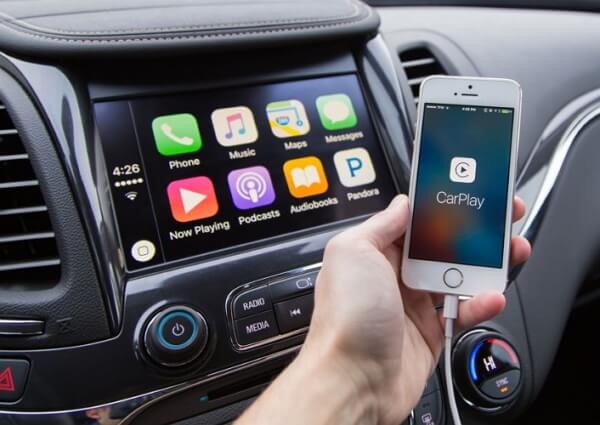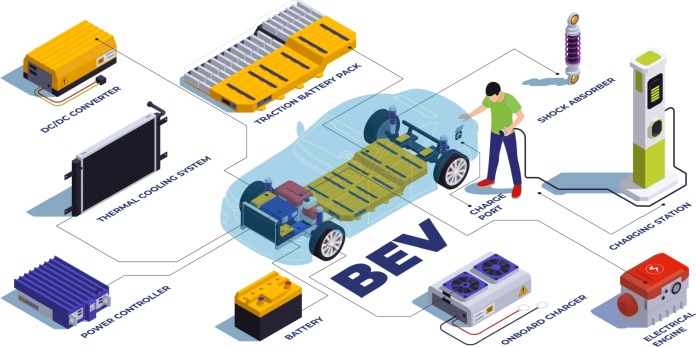Current Offers: iPad at $274, $250 Discount on 24GB M5 MacBook, Apple Pencil Pro, Magic Mouse, and Additional Items
### Current Apple Product Offers: AirPods Pro 3, iPad 11, MacBook Pro, and More
As the festive season nears, leading retailers are unleashing considerable markdowns on sought-after Apple products. Here’s a summary of the freshest deals that both tech aficionados and casual users should take into account.
#### AirPods Pro 3 at Historic Low Price
Amazon has once again reduced the price of the **AirPods Pro 3** to **$199**, reflecting a $50 reduction from its standard price of $249. This offer is particularly enticing as it matches the historic low price previously encountered during Black Friday. Shoppers can anticipate delivery before Christmas in most regions, making it a timely gifting option.
#### Best Buy’s iPad 11 Deal
Best Buy is presently providing the **current-generation iPad 11** for **$274**, reverting to its Black Friday pricing. This base model includes 128GB of storage and comes in silver, blue, and pink. The iPad typically sells for $349, resulting in a significant discount. While it may not suit power users, it performs well for casual browsing, streaming, and day-to-day activities.
#### Apple Watch Ultra 2 Price Cuts
The **Apple Watch Ultra 2** is experiencing a price reduction of **$250** across different configurations, with the black model featuring a Black Titanium Milanese Loop now accessible for **$649**. This model generally sells for $899, making it an appealing choice for those seeking a premium smartwatch at a lower cost.
#### MacBook Pro Discounts
For those looking to acquire a new laptop, B&H is providing a **24GB M5 MacBook Pro** at a **$250 discount**, lowering the price to **$1,549**. This configuration includes a 512GB SSD and is a fantastic deal compared to Amazon’s prices for equivalent models. The entry-level 16GB/1TB version is also up for grabs on Amazon for **$1,349**, but this B&H offer features a more robust setup at a competitive price.
#### M4 MacBook Air Models Discounted
Amazon has reinstated a **$250 discount** on all **M4 MacBook Air** models, encompassing both 13-inch and 15-inch versions. This promotion mirrors the Black Friday pricing and is available in multiple colors. As inventory levels vary, this is a timely chance for anyone looking to buy a new MacBook Air.
### Conclusion
With these ongoing promotions, now is an ideal moment to contemplate upgrading your Apple devices or acquiring gifts for friends and family. From the AirPods Pro 3 to the latest iPad and MacBook models, these reductions offer significant savings on top-tier technology. Be sure to respond swiftly, as these deals might not be available for long.
Read More







